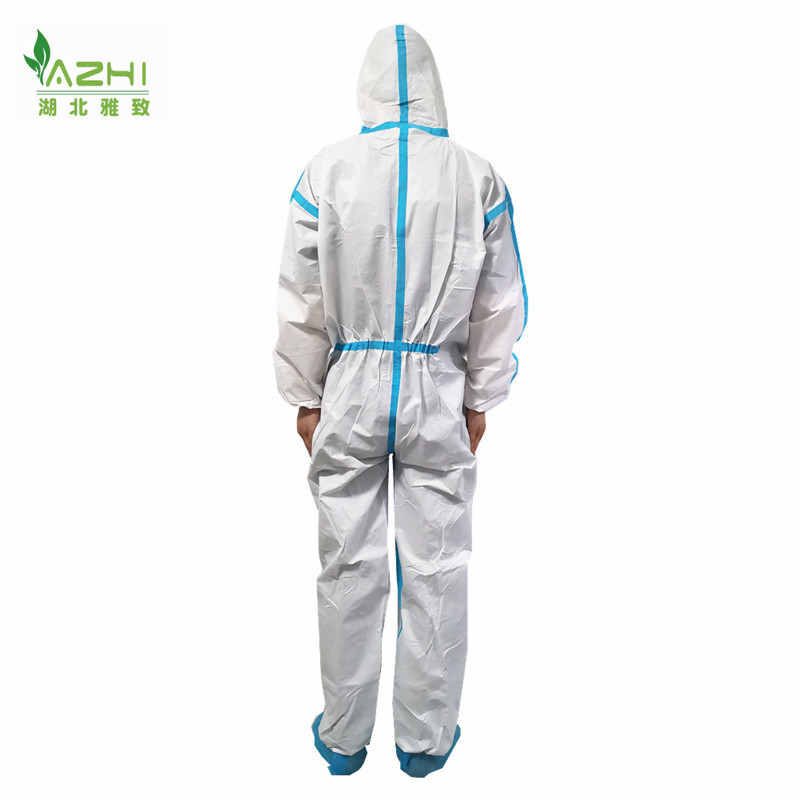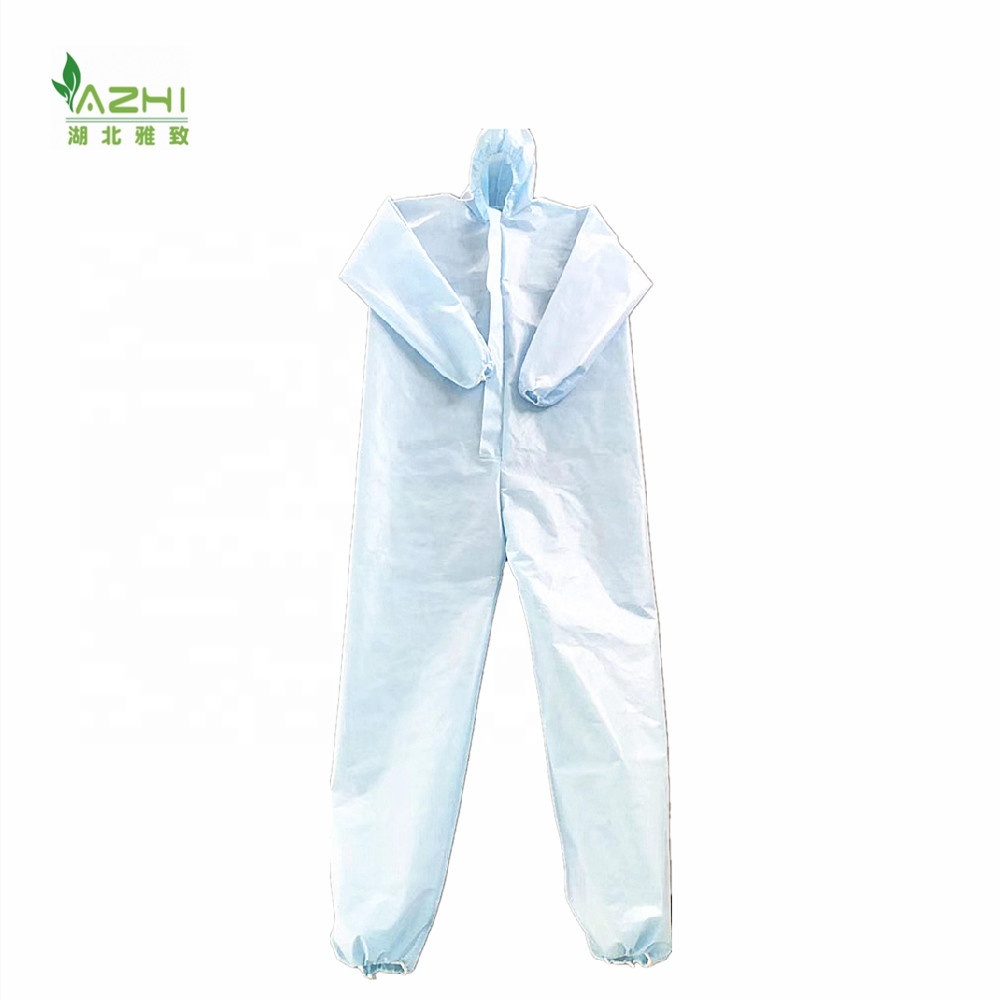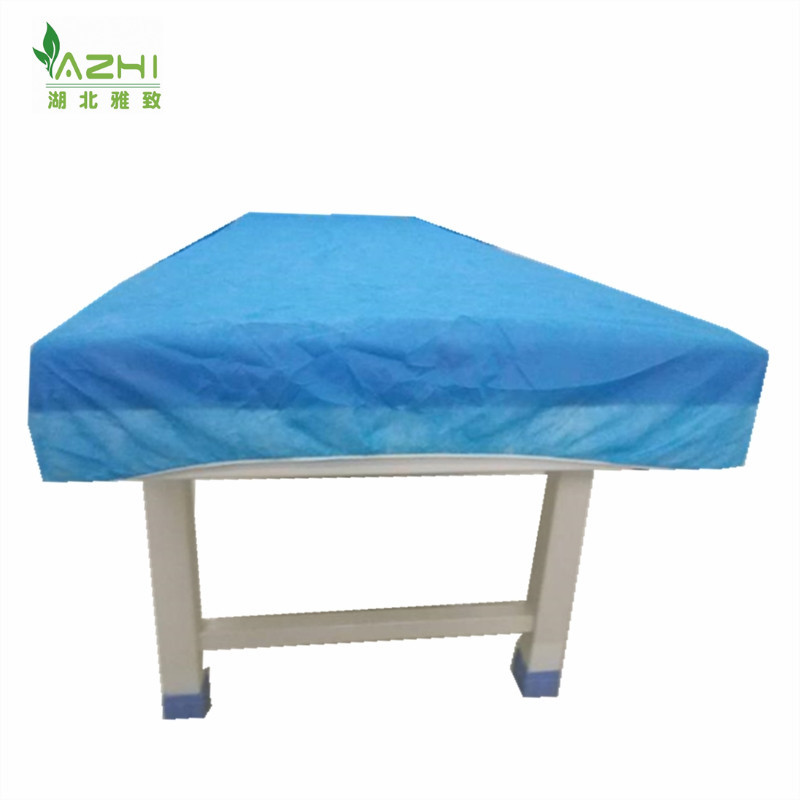News
The Essential Guide to Disposable Medical Clothing: Benefits and Applications
Oct 17,2025
Disposable medical clothing plays a pivotal role in the healthcare industry, ensuring both safety and hygiene in environments where cleanliness is paramount. This category includes items such as gowns, caps, masks, shoe covers, and gloves, specifically designed for single-use. The primary aim of these garments is to minimize the risk of infection and contamination.
One of the key benefits of disposable medical clothing is its ability to provide a barrier against pathogens. In hospitals and clinics, healthcare professionals are often exposed to various infectious agents. Wearing disposable clothing helps prevent the transfer of these pathogens between patients and medical staff, significantly reducing the risk of healthcare-associated infections (HAIs). This protective feature is critical, especially during surgical procedures, where maintaining a sterile environment is essential.
In addition to infection control, disposable medical clothing offers convenience and efficiency. Unlike reusable garments that require laundering and intricate care, disposable options can be used and discarded immediately after a procedure. This not only saves time but also reduces the workload for hospital staff, allowing them to focus on patient care rather than cleaning and maintaining clothing. Furthermore, the lightweight and comfortable design of disposable medical clothing ensures that healthcare professionals can perform their duties without hindrance.
The versatility of disposable medical clothing extends to various settings beyond hospitals. It is widely used in laboratories, dental offices, and even in certain food service industries where hygiene is crucial. For instance, dental professionals often use disposable gowns and masks to maintain a sterile environment during procedures while ensuring patient safety.
When choosing disposable medical clothing, it's important to consider factors such as material, breathability, and the level of protection required for specific tasks. Common materials used in manufacturing these garments include non-woven fabrics made from polypropylene, which are both lightweight and resistant to liquids. This helps enhance comfort during wear and provides adequate protection against spills and splashes.
In conclusion, disposable medical clothing serves as an essential component of infection control and hygiene in the healthcare industry. By providing a reliable barrier against contamination and offering the convenience of single-use options, these garments support healthcare professionals in delivering safe and effective care. As the demand for hygienic practices continues to grow, understanding the applications and benefits of disposable medical clothing becomes increasingly relevant for those in related industries.
One of the key benefits of disposable medical clothing is its ability to provide a barrier against pathogens. In hospitals and clinics, healthcare professionals are often exposed to various infectious agents. Wearing disposable clothing helps prevent the transfer of these pathogens between patients and medical staff, significantly reducing the risk of healthcare-associated infections (HAIs). This protective feature is critical, especially during surgical procedures, where maintaining a sterile environment is essential.
In addition to infection control, disposable medical clothing offers convenience and efficiency. Unlike reusable garments that require laundering and intricate care, disposable options can be used and discarded immediately after a procedure. This not only saves time but also reduces the workload for hospital staff, allowing them to focus on patient care rather than cleaning and maintaining clothing. Furthermore, the lightweight and comfortable design of disposable medical clothing ensures that healthcare professionals can perform their duties without hindrance.
The versatility of disposable medical clothing extends to various settings beyond hospitals. It is widely used in laboratories, dental offices, and even in certain food service industries where hygiene is crucial. For instance, dental professionals often use disposable gowns and masks to maintain a sterile environment during procedures while ensuring patient safety.
When choosing disposable medical clothing, it's important to consider factors such as material, breathability, and the level of protection required for specific tasks. Common materials used in manufacturing these garments include non-woven fabrics made from polypropylene, which are both lightweight and resistant to liquids. This helps enhance comfort during wear and provides adequate protection against spills and splashes.
In conclusion, disposable medical clothing serves as an essential component of infection control and hygiene in the healthcare industry. By providing a reliable barrier against contamination and offering the convenience of single-use options, these garments support healthcare professionals in delivering safe and effective care. As the demand for hygienic practices continues to grow, understanding the applications and benefits of disposable medical clothing becomes increasingly relevant for those in related industries.
Oct 17,2025
Category:
knowledge
Related Information








 Language
Language English
English Español
Español Português
Português اللغة العربية
اللغة العربية





